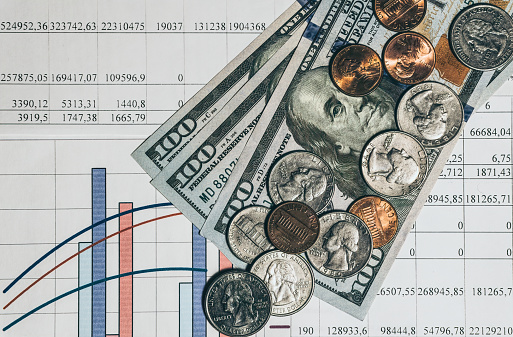
Economics is a field of study that focuses on how people, organizations, and governments allocate resources to meet their requirements. Economics is further divided into two types: microeconomics and macroeconomics. Generally, microeconomics studies the economic decision of businesses and individuals, while macroeconomics covers a much larger scale, examining decisions on regional, national, continental levels.
Microeconomics uses a bottom-up technique, studying supply and demand and how prices affect consumer behavior. It explores how companies and individuals allocate their resources and price their goods and services while accounting for regulations and taxes. At a fundamental level, microeconomics seeks to understand what drives human decision-making. It asks the question of why economic changes happen and not what determines the changes.
For example, companies and individuals can use microeconomics to see how they can maximize capacity and production to provide efficient, competitive prices. Investors can also use it as a tool for better investment choices.
At its core, microeconomics aims to understand the theory of production, supply, demand, equilibrium, and labor economics. The theory of production explains how the cost of the resources needed to make a product or service determines its price. The law of demand and supply is essential for economic equilibrium. It determines prices because suppliers must succumb to the prices that consumers demand. Lastly, labor economics is a concept that examines employees and employers to understand income, employment, and wage trends.
Conversely, macroeconomics studies the economy as a whole. This discipline of economics adopts a top-down perspective and is mainly concerned about how large-scale factors affect the economy. These factors include the influence of a state’s fiscal policy, inflation, international commerce, and employment rates. Macroeconomics helps us understand indicators like what the GDP is about other large-scale economic factors.
Governments use macroeconomics to establish fiscal policy. And investors who work very closely with interest rates and inflation may utilize the tenets of macroeconomics to monitor fiscal and monetary policies closely. However, macroeconomics doesn’t delve very much into specific investments.
Famous businessmen like Warren Buffet have dismissed macro forecasts as mostly useless to the investors. Warren Buffet has called macroeconomics literature “the funny papers.” A Forbes interview with John Templeton revealed that this successful value investor doesn’t bother forecasting the market. He values stock by looking at its price and comparing it against what he believes it is worth.
The first modern academic work for macroeconomics has been credited to John Maynard Keynes; he used monetary aggregates as a tool for economic study. Therefore, many people have named him the father of macroeconomics.
Consequently, microeconomics is substantially limited in scope when compared to macroeconomics. It concentrates on particular areas and tiny units in the economic chain. Further, while microeconomics seeks to address employee income and the price of goods, macroeconomics evaluates aggregates such as general price levels, national output, and general revenue.
However, the two disciplines are still essentially interdependent. This is especially true for inflation, which affects the economy at both a micro and macro level. Inflation, a macroeconomics phenomenon, causes consumers and companies to adjust with the rise of goods and services.
from WordPress https://ift.tt/3GKRnTl
via IFTTT




No comments:
Post a Comment
Note: Only a member of this blog may post a comment.